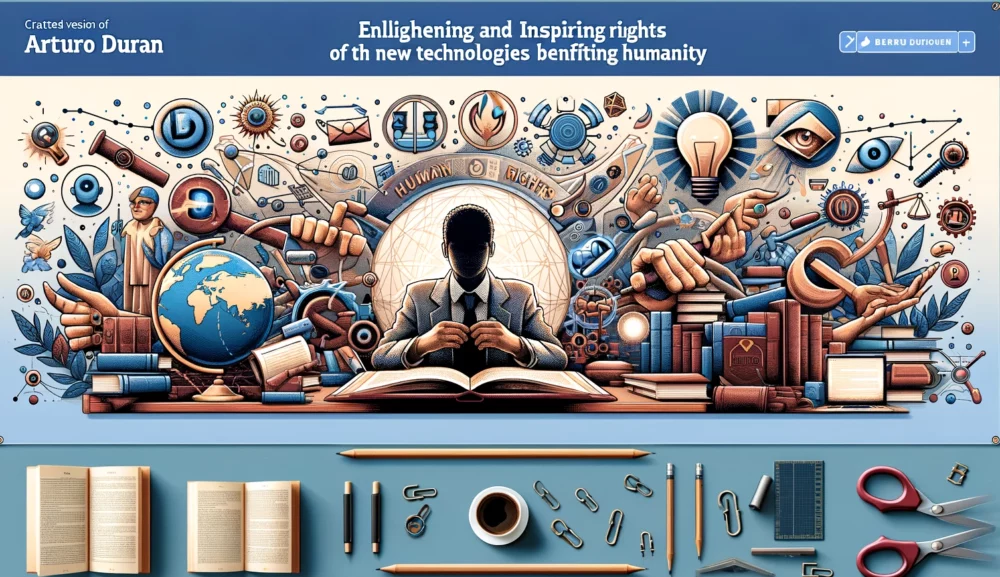
“False Consensus” & the “Majority Illusion” in the
Mexican Presidential Election
Overall, the implications of the “False Consensus” and the “Majority Illusion” in the Mexican Presidential election have profound consequences for democracy, social cohesion, and the well-being of the Mexican population. It is crucial to challenge these biases, promote inclusivity, and foster a more equitable and representative political landscape.
Since the Mexican Presidential election, there has been a growing phenomenon known as the “False Consensus” and the “Majority Illusion” among the middle and upper classes. These classes, which predominantly consist of the traditional elite, have been expressing disbelief and claiming that it is impossible that a popular woman could have won the election.
Similar to the situation in the United States during the 2016 Presidential election between Hillary Clinton and Donald Trump, there is a sense of disconnect between the perceptions of the middle and upper classes and the reality experienced by the majority of Mexicans. This divide is creating a false consensus among the privileged few, leading them to believe that their views and opinions are shared by the majority. ( I wrote about this in 2017 “FALSE CONSENSUS & The MAJORITY ILLUSION THE USA ELECTION“)
The “Majority Illusion” is prevalent among the middle and upper classes in Mexico, as they are convinced that their social circles and networks represent the views and values of the entire population. This illusion leads them to believe that their beliefs and preferences are more common than they actually are. It is a form of cognitive bias that distorts their perception of reality and prevents them from understanding the true diversity of opinions and experiences among the Mexican population.
The “False Consensus” effect further exacerbates this divide. As individuals overestimate the prevalence of their own features and beliefs in the population, they assume that the majority of the population shares their political affiliations and ideologies. In the case of the Mexican Presidential election, this has led to the false belief among some members of the middle and upper classes that the majority of Mexicans are against the popular woman who won the election. This erroneous perception overlooks the diverse range of voices and support that contributed to her victory.
Furthermore, “Pluralistic Ignorance” plays a role in reinforcing this false consensus. This social perception bias occurs when individuals incorrectly believe that a majority holds certain beliefs or opinions, even when they themselves do not share those views. This phenomenon is evident as some members of the middle and upper classes in Mexico accept as absolute truth the notion that the popular woman’s victory is an anomaly and that the majority of the population does not support her.
The impact of the “False Consensus” and the “Majority Illusion” in the Mexican Presidential election goes beyond simple misunderstandings or misperceptions. It has significant implications for the country’s social fabric and political landscape. The dismissal of the popular woman’s victory by the middle and upper classes perpetuates a sense of elitism and undermines the democratic principles of inclusivity and representation.
In conclusion, the “False Consensus” and the “Majority Illusion” are social phenomena that have emerged in the context of the Mexican Presidential election. The middle and upper classes, driven by cognitive biases and a distorted perception of reality, are claiming that it is impossible for a popular woman to have won. This false consensus overlooks the diversity of opinions and experiences within the Mexican population and undermines the principles of democracy and representation. It is crucial for all members of society to recognize and challenge these biases in order to foster a more inclusive and democratic Mexico.
The implications of the “False Consensus” and the “Majority Illusion” in the Mexican Presidential election are significant and far-reaching.
Undermining democratic principles: The belief among the middle and upper classes that it is impossible for a popular woman to have won the election undermines the principles of democracy and representation. It suggests a disregard for the will of the majority and perpetuates a sense of elitism, where the privileged few believe their views and opinions should prevail over those of the broader population.
Marginalizing diverse voices: The false consensus created by the middle and upper classes overlooks the diverse range of voices and perspectives within the Mexican population. It dismisses the experiences and aspirations of marginalized communities, reinforcing social inequalities and exacerbating the existing power imbalances.
Polarization and division: The “False Consensus” and the “Majority Illusion” contribute to polarization and division within society. By falsely assuming that the majority of Mexicans do not support the popular woman’s victory, it creates an “us versus them” mentality, deepening the rift between different social groups and hindering efforts to build a cohesive and inclusive nation.
Discrediting legitimate outcomes: The rejection of the popular woman’s victory based on the false consensus undermines the legitimacy of the electoral process. It fosters a lack of trust in democratic institutions and the electoral system, potentially leading to a sense of disillusionment and apathy among the broader population.
Stifling progress and change: The false consensus perpetuates a status quo that favors the interests of the middle and upper classes, hindering progress and social change. By dismissing the popular woman’s victory, it disregards the potential for new ideas, perspectives, and policies that could address the pressing issues faced by Mexico and its citizens.
Reinforcing gender biases: The disbelief in the popular woman’s victory further highlights the deep-seated gender biases and discrimination that persist in Mexican society. It sends a message that women are not capable of holding positions of power and influence, undermining the progress made in achieving gender equality and representation.

